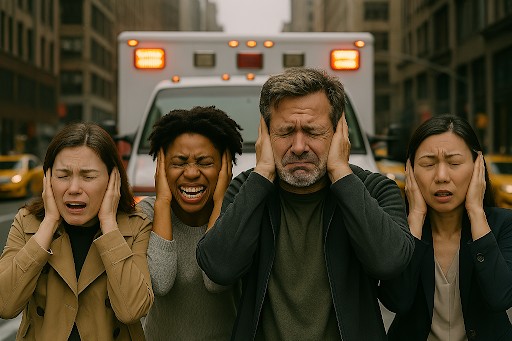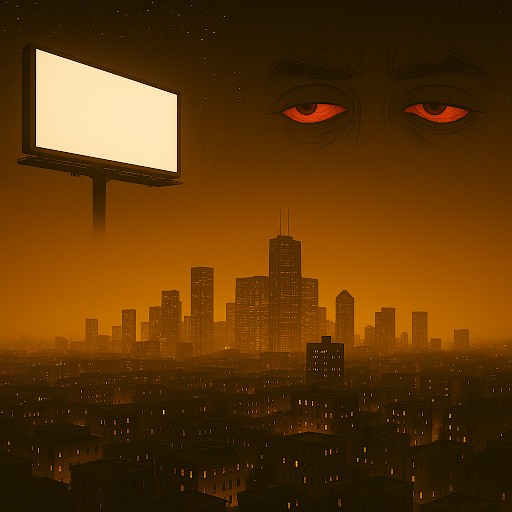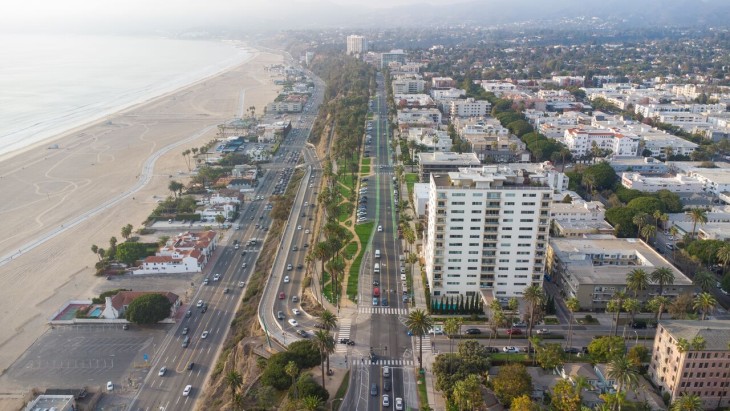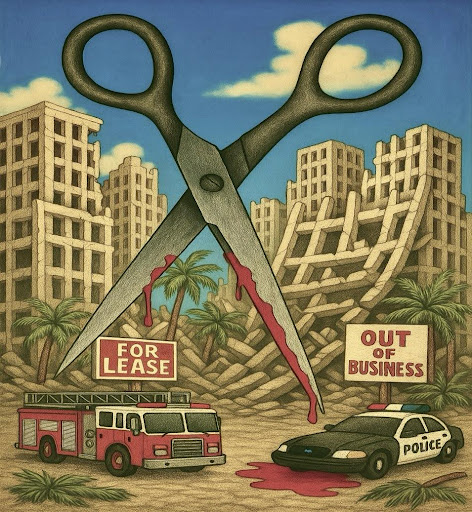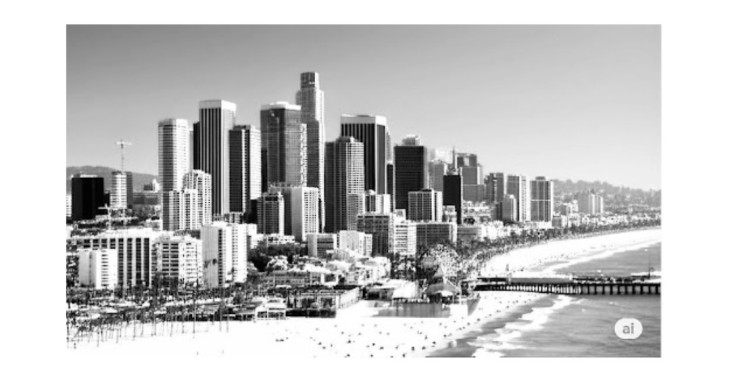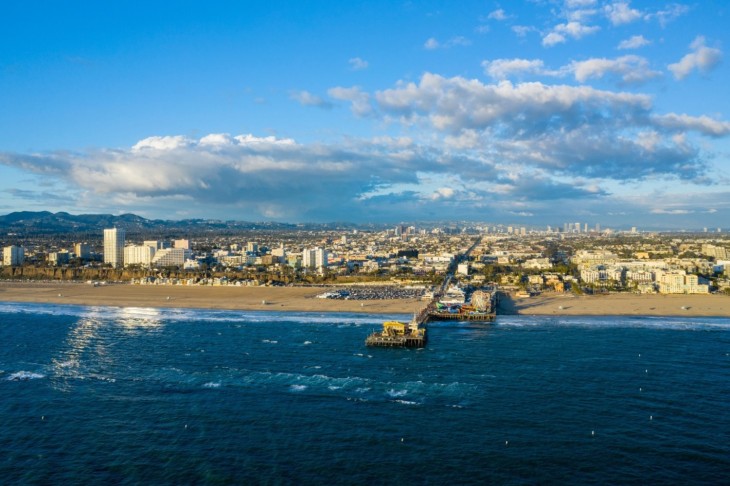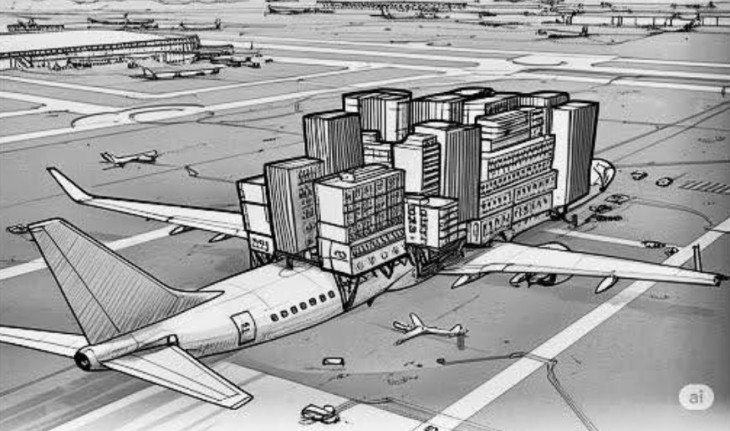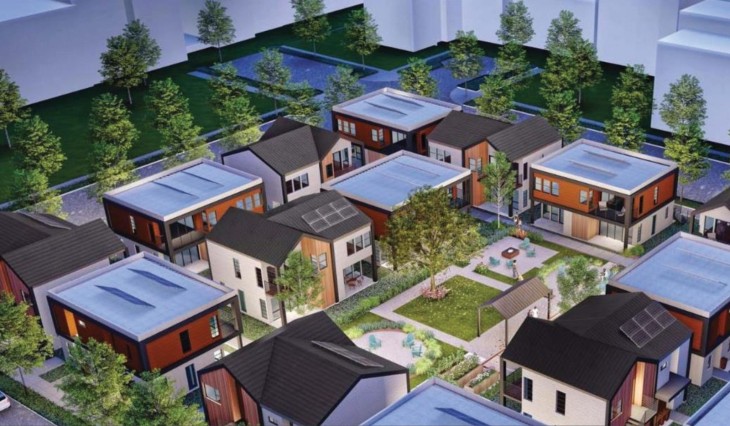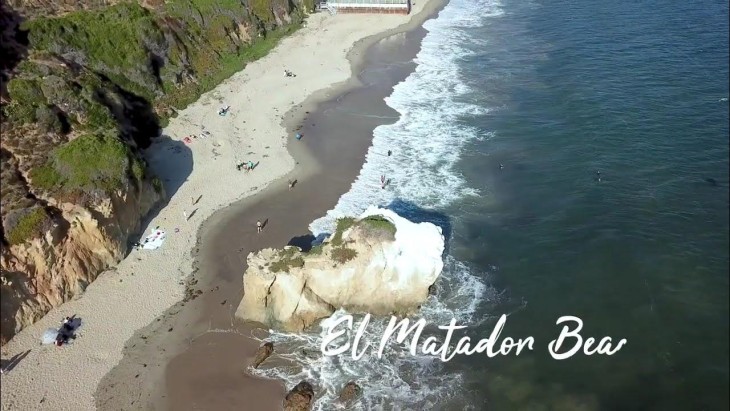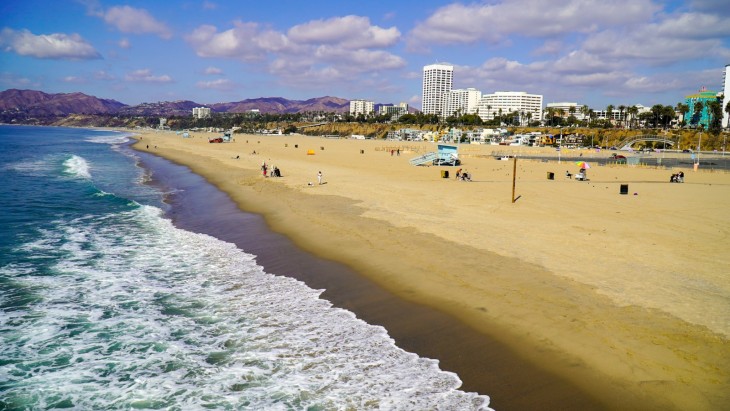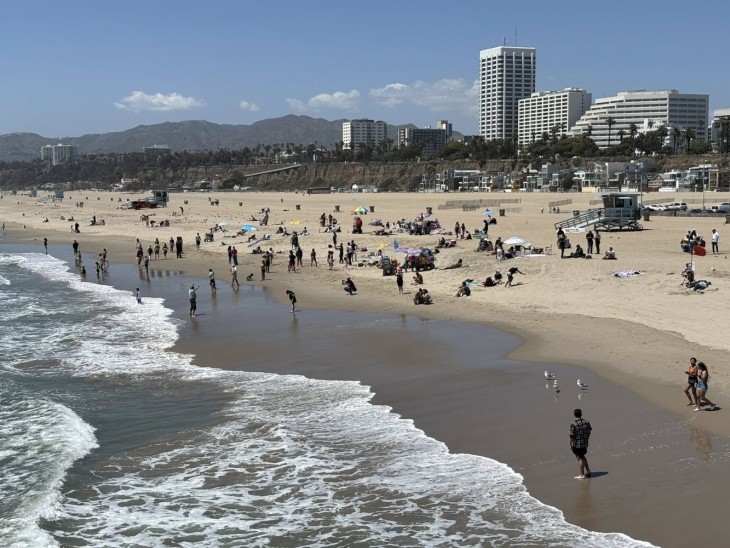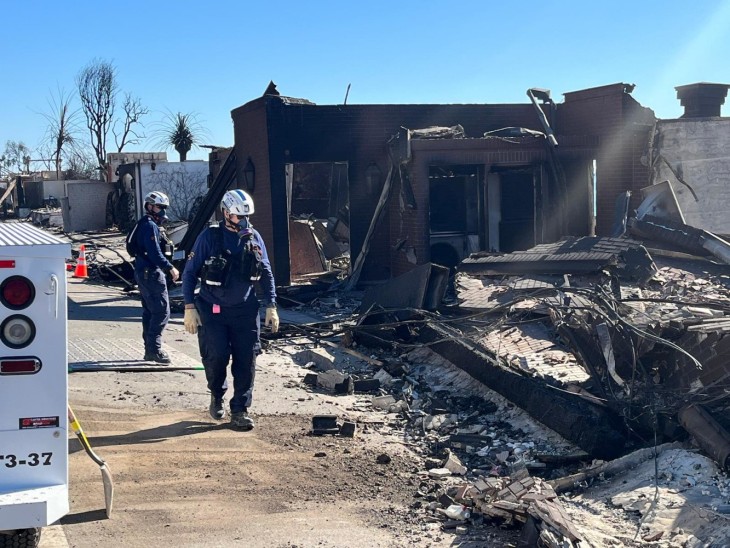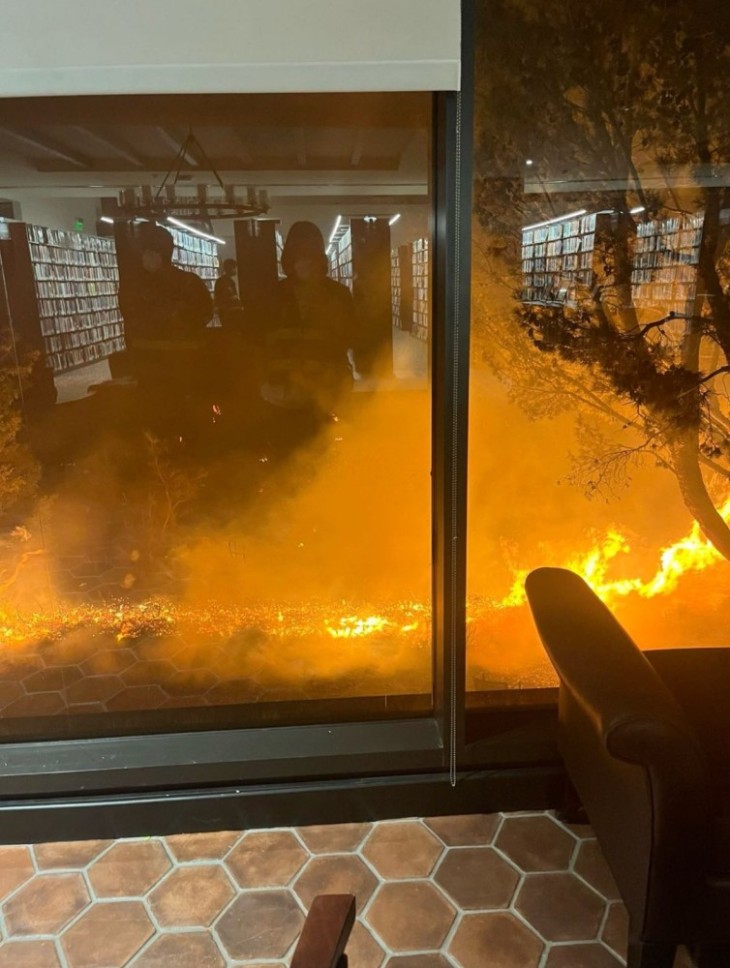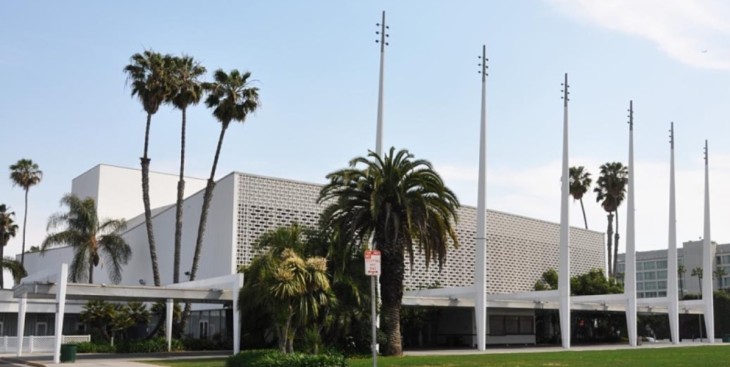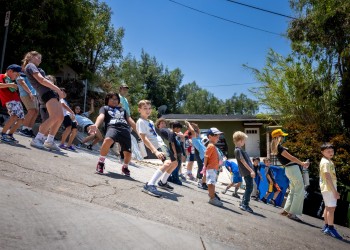There is no longer any doubt about it: Even if California gets a bit of rain and snow over the next few weeks – and there is very little in forecasts for most of the state through Feb. 1 – we are in the midst of the worst drought since the mid-1970s.
One good measure of this may be the levels of water in California reservoirs – a total of just under 7.7 million acre feet as of Jan. 5, compared with the typical average storage of about 12 million acre feet at this time of year. One acre foot represents about what a typical suburban family uses in a year. So California has only about 64 percent of its normal water supply on hand, one reason why Central Valley farms have been told to expect little flow from either the state Water Project or the federal Central Valley Project this year.
Even worse, snow levels in the Sierra Nevada Mountains, source of most California water, are only about 20 percent of normal, providing little hope for refilling reservoirs as they are drawn down further, short of a spring deluge a la what the state experienced in 1978.
It shapes up as an unmitigated disaster, one that some call as catastrophic as a major earthquake. This is a bigger problem than any wildfire, because it has the potential to cause multiple massive blazes. Some analyses indicate the ongoing drought was one major reason the Rim Fire near Yosemite National Park burned so widely last summer. The state had gotten a record-low 4.58 inches of precipitation from January to June of last year, and then a major July heat wave added to tinderbox conditions sustaining that wildfire, the 14th most damaging in United States history.
So far, this drought has produced no major changes in state policy and practices, although some cities are already telling restaurants to serve water only on request, a 1970s-era tactic. But if past is prologue, as historians often tell us, we can count on bigger changes.
Here’s a little bit of disaster history: The Field Act, passed on the heels of the Long Beach Earthquake of 1933, changed forever the way schools all over California are constructed. After the 1971 San Fernando quake severely damaged the Olive View Medical Center, building standards changed radically for hospitals and nursing homes. The drought of 1975-77 produced major water conservation changes, among them wide government distribution of low-flow toilets. These now are standard in new homes.
What might result from today’s drought, which saw California get less rain- and snowfall in 2013 than in any year since record-keeping began? Some politicians hope it will further the cause of Gov. Jerry Brown’s $25 billion “peripheral tunnels” project, which probably wouldn’t raise the amounts of water flowing south from the Delta of the Sacramento and San Joaquin rivers, but could keep the flow steadier, thus smoothing out supplies for farms and homes in years like the last two.
The problem with this is that not even drought can change the high cost of that project. But strict water conservation measures that may come later this year could produce some votes for a $10 billion-plus water bond in November’s election, no sure thing to pass even under these conditions.
Most likely right now appears to be a much tougher set of rules regulating how much water farmers can draw from underground aquifers. Brown hinted strongly at this in his early-January preliminary budget. There are currently few such restrictions, and in dry years, farmers who have wells pump more water than normal.
The preponderance of drier-than-usual years in the decade before conditions reached today’s point of actual drought caused more such pumping than usual, although no one can quantify it. One result has been land subsidence of as much as one foot per year in some areas. Driving some Central Valley highways today, motorists can see instruments and wellheads that once were on the surface perched 10 or more feet in the air.
Subsidence, in turn, can lead to problems moving surface water in canals, something water agencies cannot long tolerate. Which makes it wise to expect regulation of ground water pumping, among other new drought-spurred actions.


